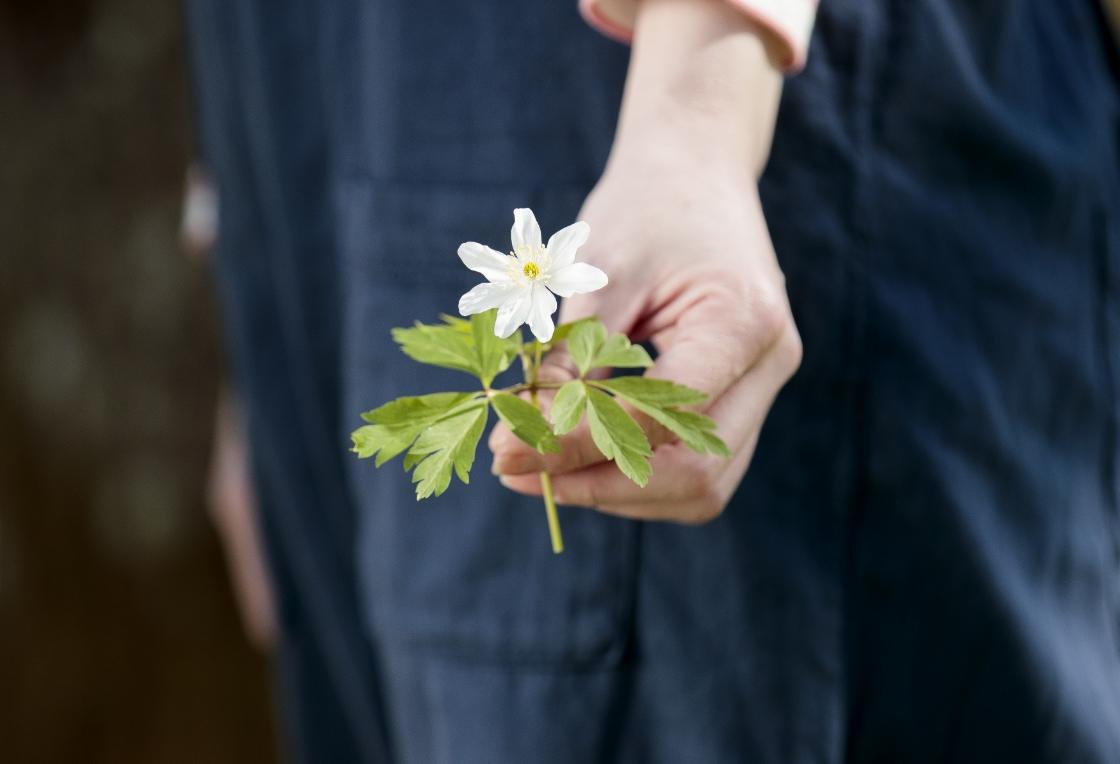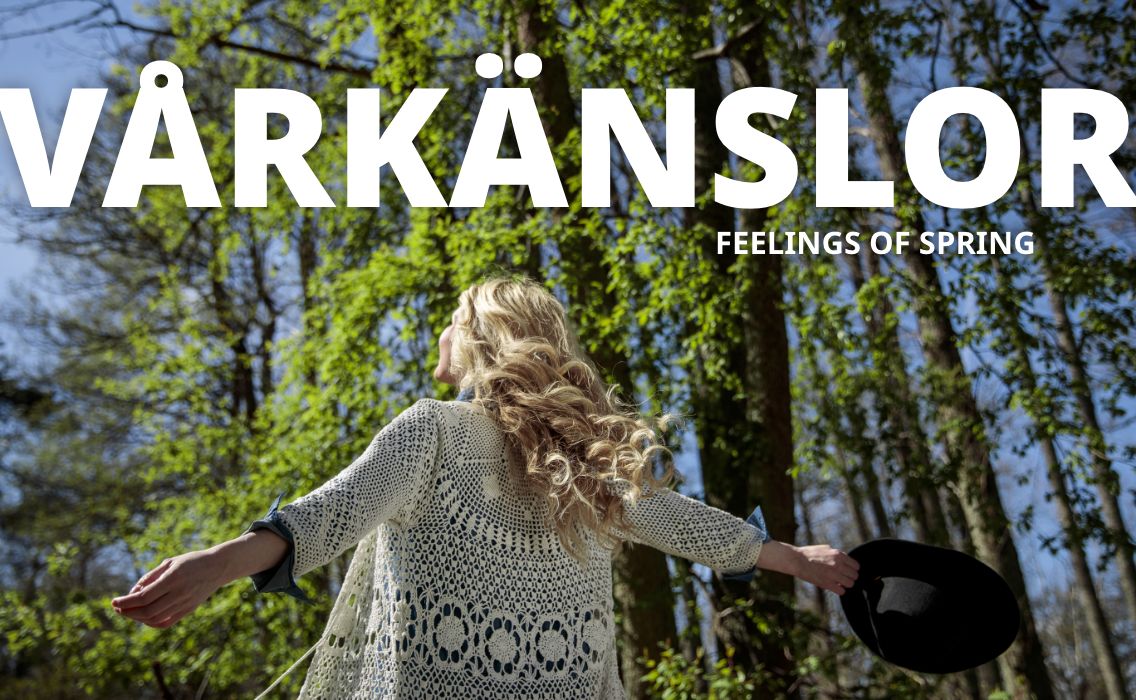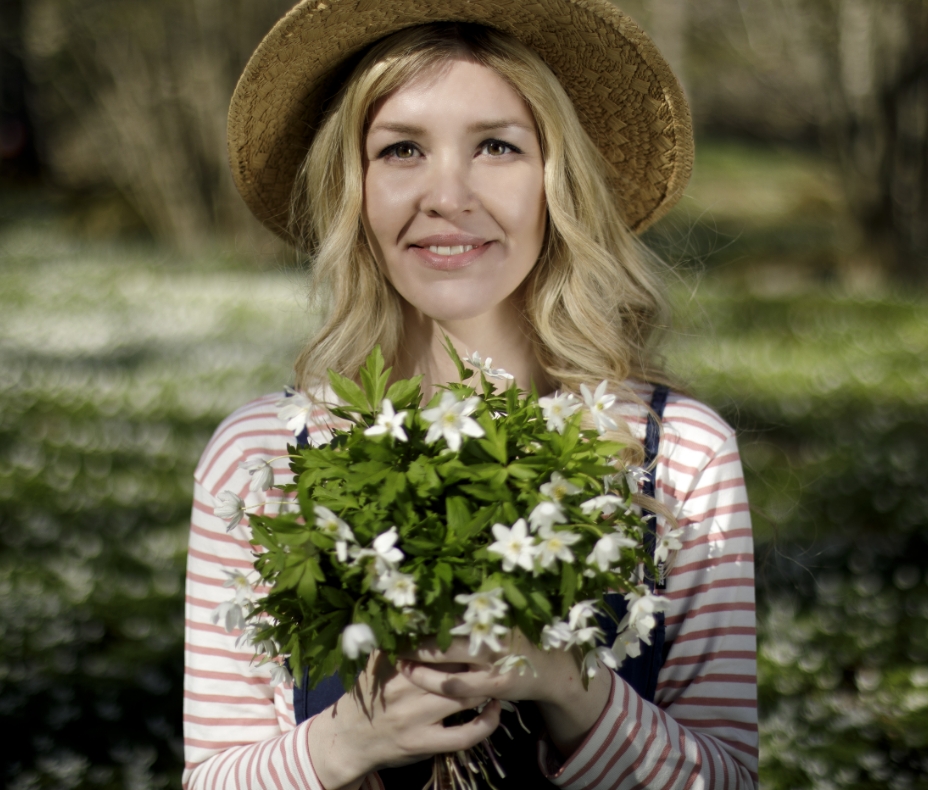
Stories from the north
Vitsippor – the white flowers of spring
A clear sign of warm spring is when forests are filled with vitsippor – white anemones.
Vitsippor – the flowers of spring
The warm period of spring usually happens in April or May. A clear sign of the warm weather coming back is when vitsippor are blooming. They usually blossom from the end of April and all through the month of May, making the ground beautifully white. Vitsippor are free to pick, and there are plenty during spring!



Picking vitsippor
Picking vitsippor has been a tradition for many years. Since they’ve become such an associated sign of spring, a small bouquet of anemones can be found on almost every dinner table, and many kids pick the flowers to bring home to their parents.
Back in the days, kids could pick small bouquets of vitsippor and sell them by the road. When people traveled with their horse and carriage, they could stop and buy a bouquet for a penny or two. It was an easy way for children to make some money and help out at home.

